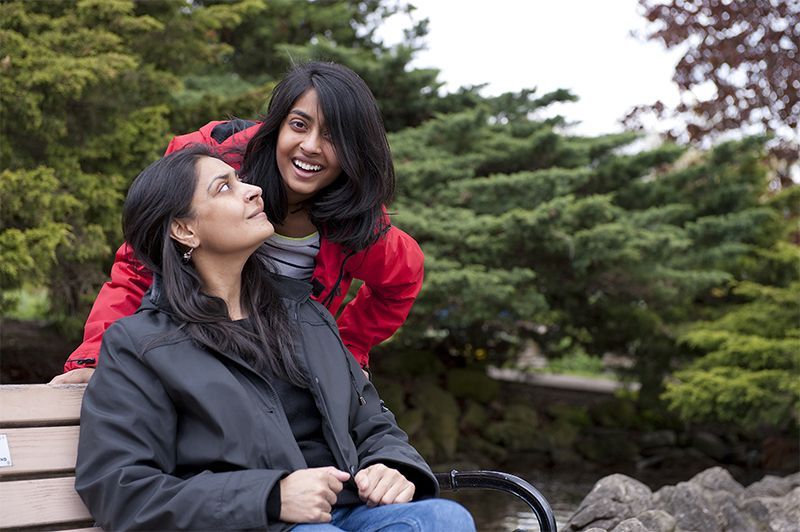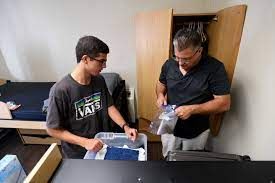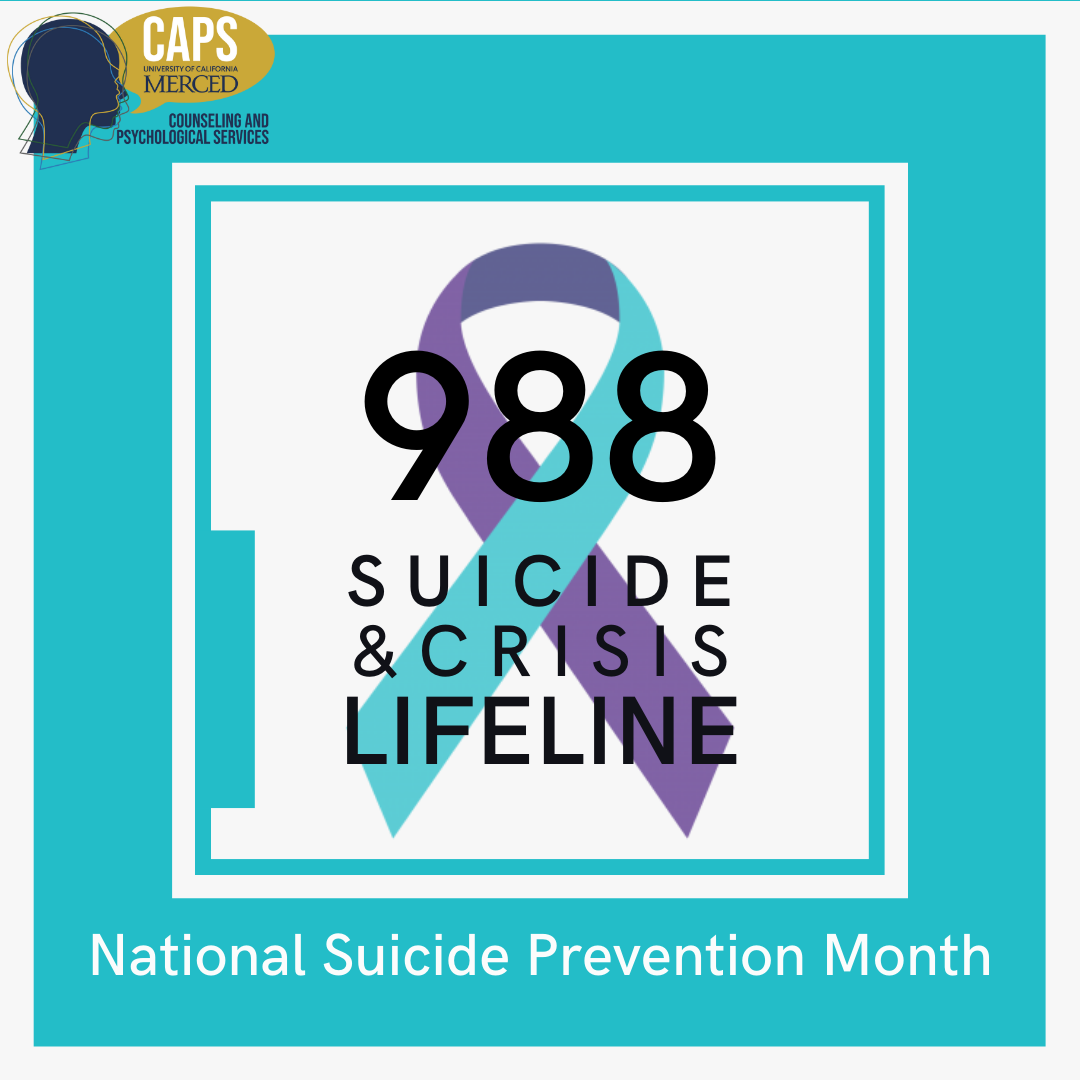
Parents and their children look forward to many milestones – the first day of kindergarten; turning 13 and becoming a teenager; passing your driver’s test and getting your license at age 16; and turning 18 – the age the law states you are an adult.
“There are many important changes that occur once that legal adulthood milestone is reached,” wrote Child and Adolescent Behavioral Health’s Assistant Clinical Officer Susan Brown. “One of those changes is the ability to be involved in decision making and access to information related to your new adult. Preparation, including open and honest discussions prior to this transition to young adulthood will set you both up for success.”
In today’s world, due to HIPPA compliance laws, a parent no longer has access to their young adult’s medical records. Setting up appointments may be difficult and questioning/setting up a payment plan for medical bills must go through your child even though the child is on a parent’s insurance plan and the parent is oftentimes paying the bill.
“Prior to turning 18, engaging with the medical professionals involved in your young adult’s life will prepare each for what someone does and does not have access to regarding their medical information,” wrote Brown. “Several documents including having signed HIPPA forms (medical information access), Healthcare Proxy’s (being able to act on behalf of your young adult) and a Durable Power of Attorney (financial decision making) are beneficial to have prepared in case of emergencies.”
Brown recommends speaking with your teen about these documents and the purpose of each will prepare you (the parent) for this transition in medical decision-making. “Afterwards, you and your teen may consult with a local attorney regarding these documents and having them prepared.”
WHAT IS A PARENT’S ROLE?
Our role as a parent is to provide stable, safe and informed environments to foster our teens sense of autonomy and confidence,” wrote Brown. “The goal is that they become functioning adults capable of making decisions as they begin to individuate and set future goals. Engaging with your teen prior to this transition to adulthood encourages them to take responsibility of their care, holding themselves accountable and building self-reliance.

“As parents, we continue to reinforce the skills, offer reminders, begin conversations, listen to what your teen is sharing and respect their privacy. Having discussions related to medical care, decision making and payment of medical services will take many of the ‘What ifs’, confusion and frustration out of the relationship and transitions.”

ENGAGING YOUR CHILD IN THE DECISION MAKING
While preparation is the key to handle this transition, it is just as important to engage your teenager in the process of navigating their medical professional’s specific way of appointment setting, medication management and paying medical expenses.
“Parents should have these discussions at a well visit with the doctor and your teen in advance of them turning 18,” wrote Brown. “Many medical professionals offer on-line medical portals and engaging with your teen on how to access these (for example, MyChart with Akron Children’s Hospital) will provide guided understanding of what these portals offer and how to navigate them. Additionally, it is important that they be aware of their medical coverage and have a copy of their medical insurance card with them should the need arise.”
INFORMATION IF YOUR CHILD IS AWAY AT COLLEGE
“If your young adult is attending a college, it may be necessary to have HIPPA forms completed not only for their home state, but for the state they are attending college,” wrote Brown. “This too may be discussed with an attorney. Additionally, Family Education Rights and Privacy Act (FERPA) was enacted to protect student information. Students may sign FERPA releases so that whoever they designate may access to their financial /academic information. Information regarding this Act can be found on the U.S. Department of Education website at www.2.ed.gov.

“This is a significant transition for yourself and your child. Educating yourself and your teen along with communicating with one another will help to prepare you. Learn and go through the process together.”
In the end, all the above tips will strengthen your relationship with one another, reduce conflict and set your young adult up for success.
Information for this article was provided by Child and Adolescent Behavioral Health’s
Susan Brown, LPPC-S. Brown is
C&A’s Assistant Clinical Officer, Master’s Program Coordinator and NextGen Trainer.
RECENT POSTS












